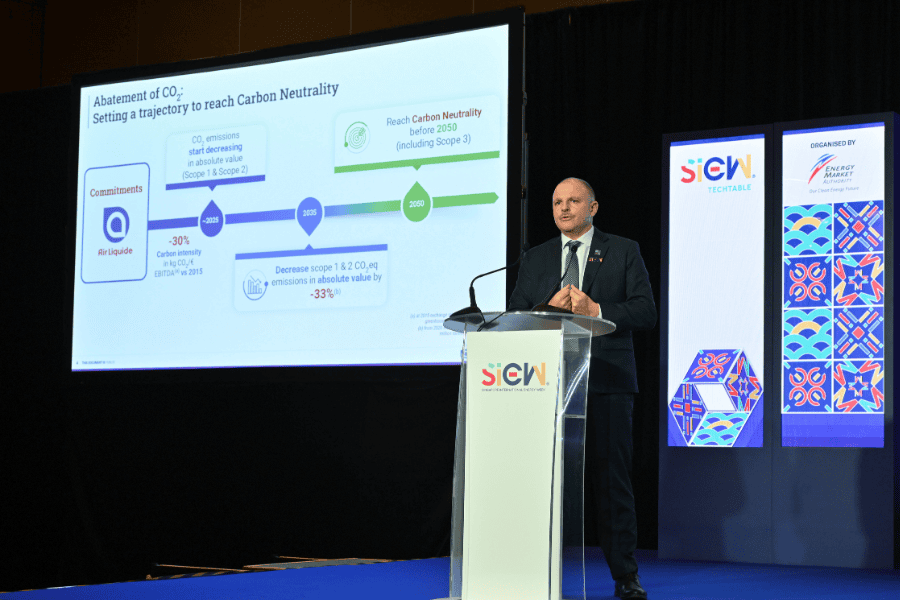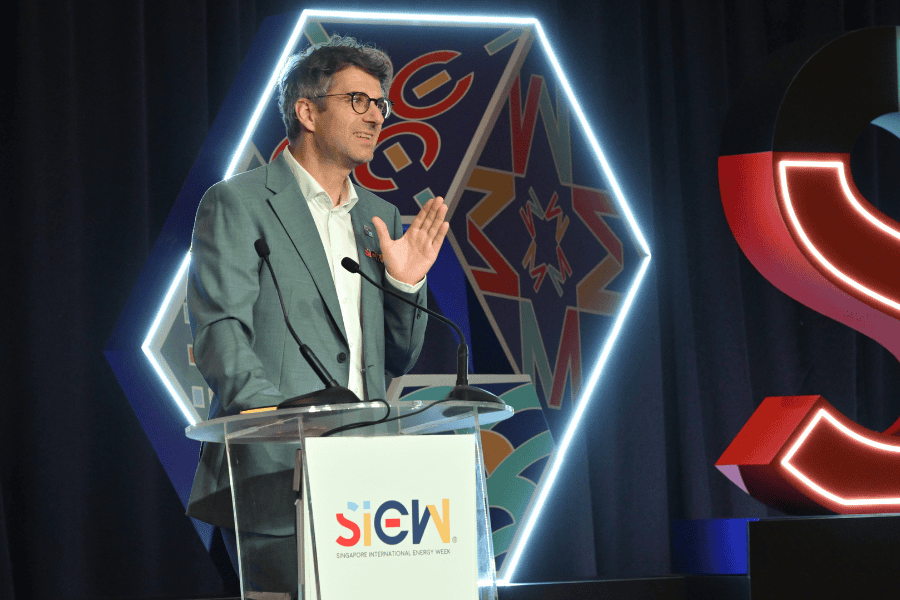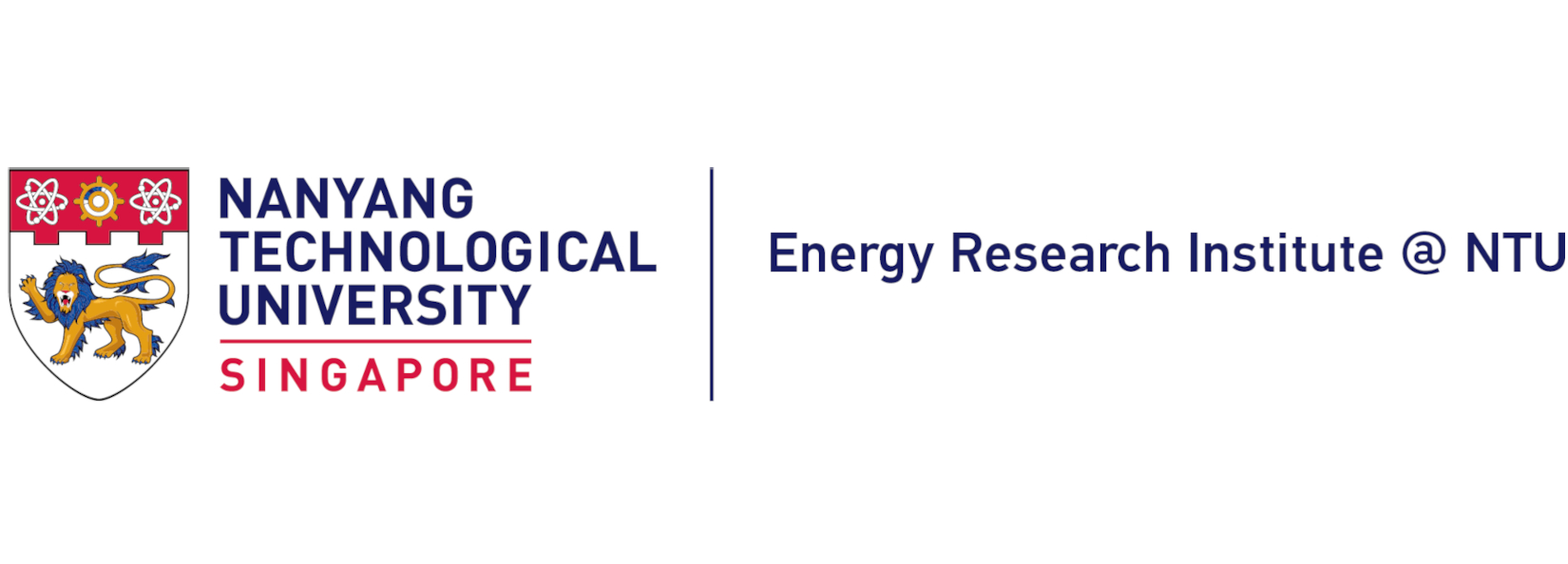Contributed by Jonathan Gan, EMA
Singapore is rapidly positioning itself at the forefront of the global energy transition. As the demand for low-carbon energy solutions intensifies, the nation is exploring several innovative technologies to decarbonise its power generation and industrial sectors. Among these, biomethane, hydrogen, ammonia, and geothermal energy stand out as transformative solutions.

These technologies not only align with Singapore’s sustainability goals but could also potentially offer scalable, cost-effective, and flexible alternatives to conventional energy sources. SIEW TechTable featured experts from various sectors discussing the potential of these energy sources to revolutionise Singapore’s energy landscape.
Biomethane: A Proven and Ready Low-Carbon Solution
"Biomethane is a genuinely low-carbon energy resource that can accelerate the energy transition in Southeast Asia," stated Philippe Vedrenne, Chief Executive Officer, 3Degrees. Derived from the decomposition of organic waste, biomethane is chemically identical to natural gas but is renewable and upgrading biogas into biomethane for utilisation significantly reduces methane emissions, a potent greenhouse gas.
Mr Vedrenne highlighted the drop-in nature of biomethane, allowing it to leverage on existing natural gas infrastructure and offering an immediate solution to decarbonise hard-to-abate sectors like steel production, heavy-duty transportation, and fertiliser industries, with minimal changes or investments into new processes.
Dr Jan Kollmus, Vice President Sales and Solution Development, Air Liquide Engineering and Construction, Asia Pacific, Managing Director, Air Liquide Engineering and Construction, Singapore, echoed this statement.

He cited biomethane’s readiness, and that it is “immediately applicable in existing infrastructure”. Air Liquide’s experience in Europe, where biomethane has been successfully deployed, reinforces the notion that the technology is not just a niche solution but a feasible and scalable option for Singapore’s decarbonisation efforts.
However, the use of biomethane is not without challenges. When asked in a discussion with Moderator of the session, Liu Xiaowei, Asia Director and Senior Advisor from the World Energy Council, Dr Kollmus shared that aggregation of bio feedstocks is key in scaling up biomethane production, especially in the region where there could be untapped potential of agriculture feedstocks. Another aspect would be the need for supporting certification and regulations to enable the verification of biomethane’s green attributes and cross border trading of biomethane.
From natural gas to hydrogen and ammonia: The future of power generation
Dr Philipp Geipel, Director, Research and Development, Siemens Energy, Singapore, shared insights into the potential of hydrogen and ammonia, as alternative fuel to natural gas, in Singapore’s energy transition.

Dr Geipel shared that ammonia is becoming an increasingly viable fuel, and they have been working with the top two universities in Singapore and global academia in developing cracked ammonia and direct ammonia combustion gas turbines to mitigate the challenges of using ammonia as a fuel.
The flexibility to switch between hydrogen, ammonia, and other biofuels ensures resilience in Singapore’s energy grid. Dr Geipel added: "Hydrogen makes sense as a first fuel, but ammonia is a close second."
Singapore’s geothermal energy potential
Singapore’s geothermal potential is proving to be far more promising than initially expected. Professor Alessandro Romagnoli, Energy Research Institute @ Nanyang Technological University, presented the findings of recent geothermal exploration projects, showing that Singapore has world-class geothermal heat potential.

Dr Romagnoli shared that geothermal energy offers a scalable, low-footprint solution for base-load power, making it especially attractive in Singapore's land-scarce urban setting. While the capital investment for geothermal projects can be high, technological advancements are helping to reduce drilling costs, which could make geothermal more accessible and scalable soon.
As Singapore strives toward its carbon-neutral goals by 2050, integrating biomethane, hydrogen, ammonia, and geothermal energy into its energy mix is not just a possibility—it’s an imperative. With the right policy frameworks and regional collaboration, Singapore is poised to lead the way in unlocking a cleaner, more resilient energy future.
Stay tuned as the conversation evolves throughout the day. Follow @SIEW_sg on Telegram and X (formerly Twitter) for the latest insights.













































